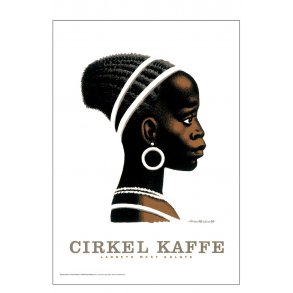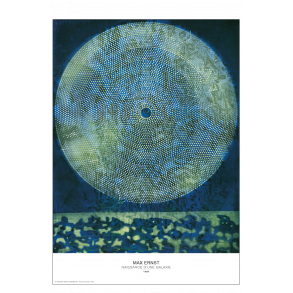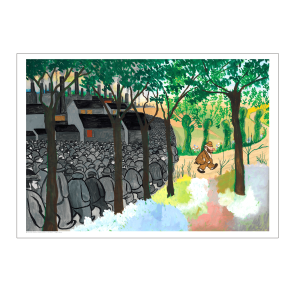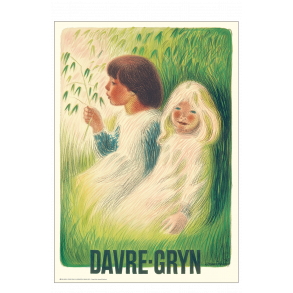Ceres is a small dwarf planet (purely mass, it is only a fourteenth as large as Pluto) in the asteroid belt between Mars and Jupiter. Due to its size and location, it has been through a turbulent round in terms of classification. When discovered in 1801 by Giuseppe Piazzi, it was categorized as an asteroid. Since then, it has been called a planet, and then again an asteroid. It was not until 2006 that Ceres got his current title as the dwarf planet. The big sign, which is seen here on the poster, plays precisely on Ceres size and classification. "Queen of the asteroid belt" is a reference to a sign that is finding its way into the city of Reno in the desert state of Nevada. On the sign in to Reno there is "The biggest little city in the world". Although the city is a larger city with over 150,000 inhabitants, it is still small of a big city to be - just as Ceres is small of a planet to be. Despite the size of Ceres, the little dwarf planet has vaguely watched our curiosity for over 200 years. After only being explored remotely through telescopes, Ceres was first explored by a spacecraft as NASA's Dawn began circling it in 2015. Since then, Dawn has explored Ceres surface. Moreover, this poster, designed by Liz Barrios De La Torre from NASA's Jet Propulsion Laboratory, also refers to the discovery of ice at Ceres. This reference is, of course, to be found in the two signs "Gateway to the outer solar system" and "Last chance for water until jupiter". Ceres is here produced as a lone gas station in the middle of a desert - and then we are back to the reference to the city of Reno. In terms of design, the poster stands out among the others in NASA's poster series, being designed in blue and gray tones. Many of the others have clear and strong colors, abstract patterns or intricate details. Here, the illustration is kept quite simple - which gives a good effect on the theme. In the consideration of this poster, one quickly obtains a sense of just being at the last stop on a desolate stretch - heading out into our outer solar system on a perilous mission after ... Yes, after what?





